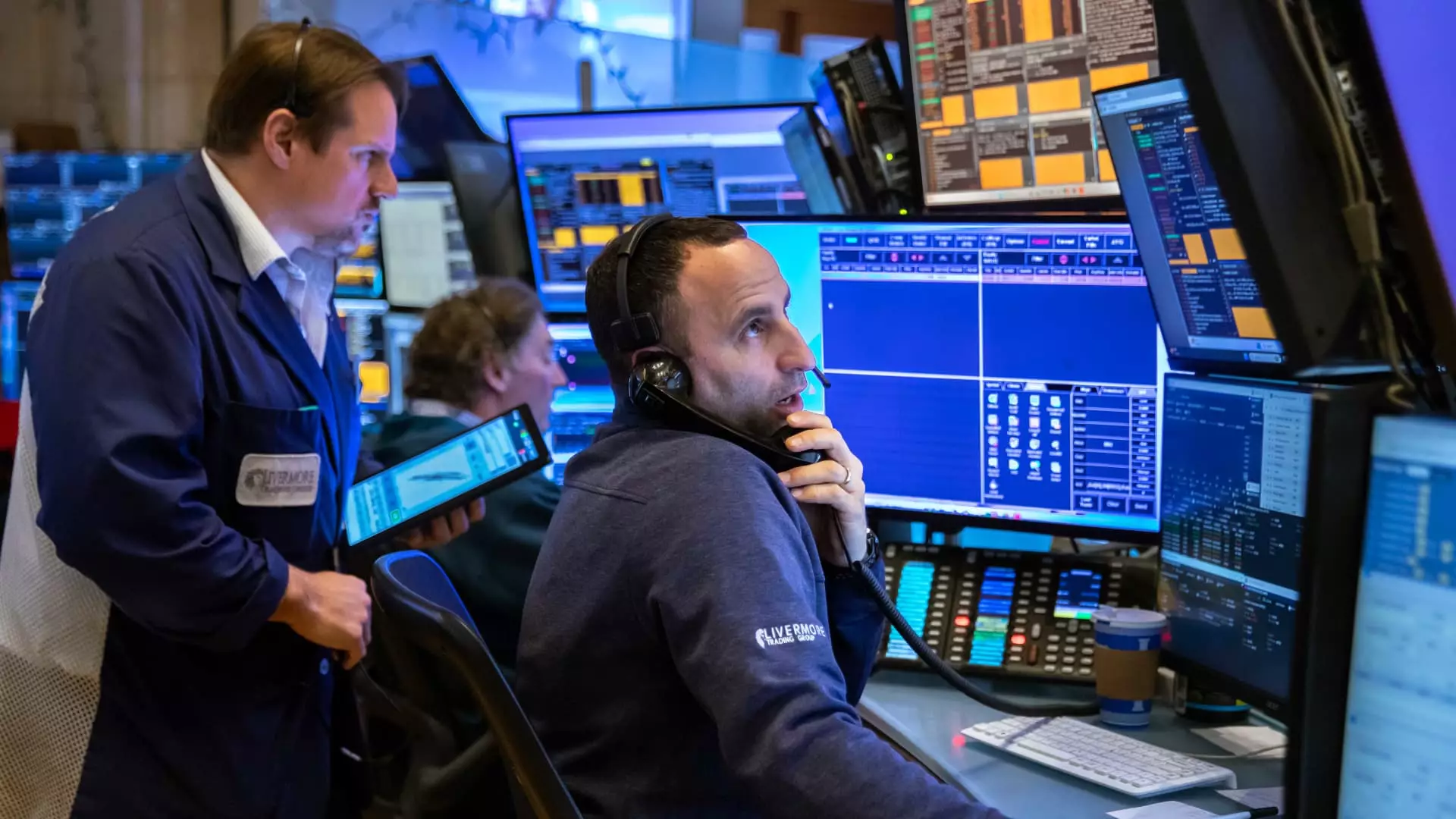The onset of a new trading month has commenced with significant upheaval in the U.S. stock market, as stock futures experienced a dramatic decline due to fresh developments in trade policy. Investors are currently navigating the implications of newly imposed tariffs on imports from Mexico, Canada, and China. This situation is particularly alarming given the interconnected nature of these economies and the potential repercussions on the broader economic landscape.
President Donald Trump recently announced a 25% tariff on goods entering the U.S. from Mexico and Canada, while also levying a 10% tariff on Chinese imports. With trade interactions amongst the United States, Mexico, and Canada amounting to approximately $1.6 trillion, these tariffs could prove detrimental not only to transnational relations but also to U.S. corporate profitability. The situation escalates as Canada retaliates with its own tariffs, and Mexico considers similar actions. Furthermore, China has signaled its intent to escalate the issue legally by taking the matter to the World Trade Organization (WTO). This multifaceted trade conflict suggests a grim outlook for businesses committed to these markets.
Following the announcement of these tariffs, futures tied to major indexes reflected immediate investor reactions, with the Dow Jones Industrial Average plummeting by over 500 points, a 1% decrease. Both the S&P 500 and Nasdaq-100 faced steeper declines, lost 1.9% and 2.7%, respectively. Experts, including Tobin Marcus from Wolfe Research, suggest that the markets may now interpret Trump’s tariff strategy as a serious long-term agenda rather than just a series of isolated measures. Such adjustments in perception could catalyze volatile trading the following Monday, impacting investor confidence and market stability.
In addition to tariff concerns, the market is gearing up for a crucial week centered on fourth-quarter earnings reports. These earnings will provide critical insights into companies’ performances amidst economic uncertainties driven by tariffs. Over 120 firms within the S&P 500 list, including key players like Alphabet, Amazon, and Disney, are slated to disclose their results. Investors will monitor these reports closely as the health of artificial intelligence sectors and tech stocks becomes a topic of scrutiny amid the evolving economic backdrop.
The forthcoming January nonfarm payroll data, due for release on Friday, will further shape market perspectives. Projections suggest an addition of 175,000 jobs and an unemployment rate holding steady at 4.1%. This data will not only inform discussions surrounding labor markets but could also play a pivotal role in guiding investor sentiment as they weigh corporate performance against macroeconomic indicators.
As the dust settles from the recent announcements, it is clear that stock traders are confronted with a challenging environment characterized by heightened uncertainty. The combination of tariff introductions, earnings disclosures, and employment statistics will continue to create market volatility. In this landscape, investors must remain agile, balancing between optimism for economic recovery and caution stemming from geopolitical developments. The coming days will be critical in determining how these factors converge to influence stock market trends.

